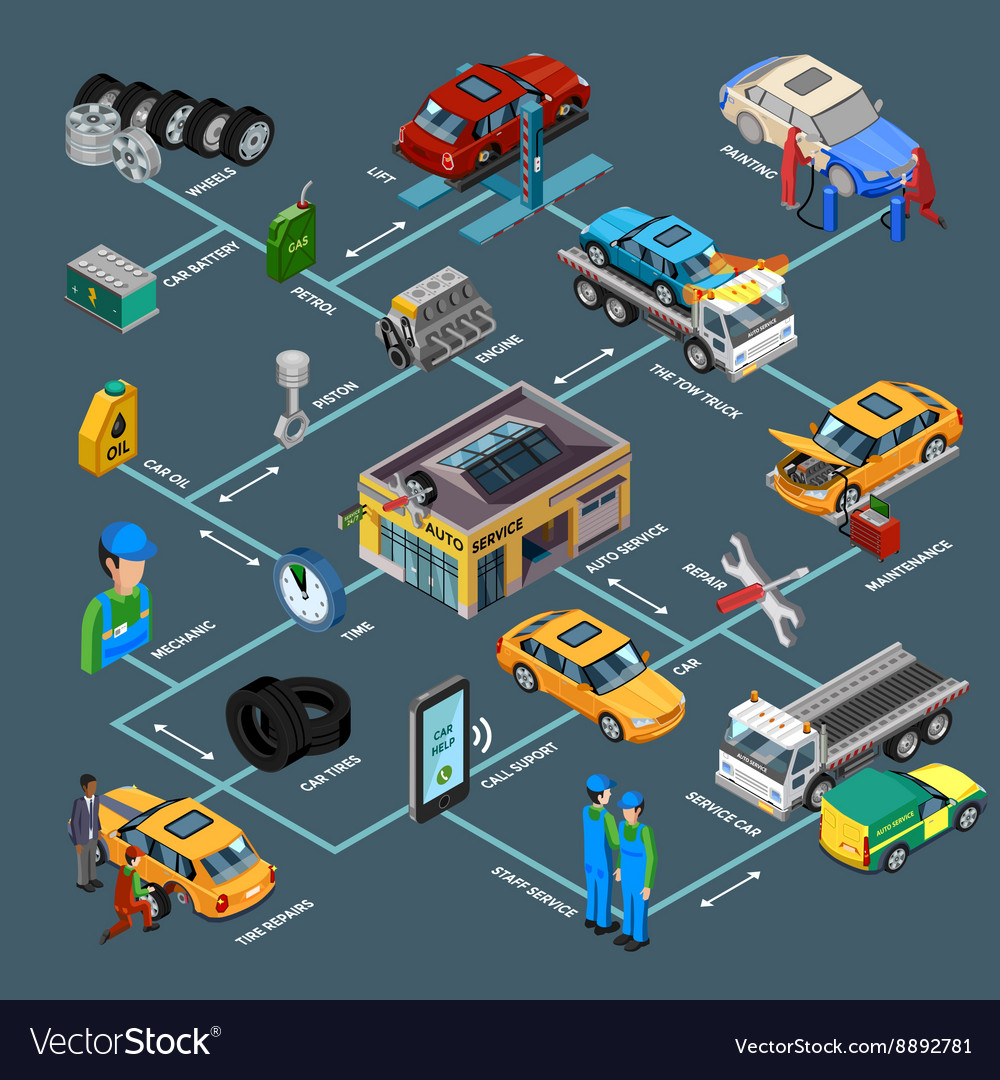Analyzing Your Auto'S Alert Lighting: Their True Ramifications
Analyzing Your Auto'S Alert Lighting: Their True Ramifications
Blog Article
Team Writer-Faulkner Winters
When you're behind the wheel, those glowing caution lights on your dashboard can be a little bit bewildering. Do you recognize what they're trying to tell you regarding your auto's health and wellness? Understanding the value of these lights is crucial for your security and the long life of your car. So, the next time one of those lights pops up, wouldn't you wish to decode its message accurately and take the necessary actions to resolve it?
Common Caution Lighting and Interpretations
Determine common warning lights in your auto and understand their meanings to ensure safe driving.
The most normal warning lights include the check engine light, which indicates issues with the engine or discharges system. If this light comes on, it's vital to have your automobile examined promptly.
The oil pressure warning light indicates reduced oil pressure, calling for instant focus to stop engine damages.
A blinking battery light might suggest a damaged charging system, potentially leaving you stranded if not addressed.
The tire pressure tracking system (TPMS) light signals you to low tire pressure, affecting car stability and fuel efficiency. Neglecting this might bring about harmful driving conditions.
The ABS light indicates an issue with the anti-lock stopping system, endangering your capacity to stop rapidly in emergency situations.
Last but not least, the coolant temperature cautioning light warns of engine getting too hot, which can cause extreme damages otherwise resolved swiftly.
Understanding these common warning lights will aid you resolve concerns without delay and keep safe driving conditions.
Value of Prompt Focus
Understanding the common caution lights in your automobile is just the very first step; the significance of quickly resolving these cautions can not be stressed sufficient to ensure your safety and security when traveling.
When a warning light illuminates on your control panel, it's your vehicle's method of communicating a possible concern that needs focus. Neglecting these cautions can result in extra extreme problems down the road, jeopardizing your security and potentially costing you extra in repairs.
Motivate interest to warning lights can protect against malfunctions and crashes. For instance, a blinking check engine light can show a misfire that, if left ignored, could create damages to the catalytic converter. Resolving this without delay can conserve you from a costly fixing.
Likewise, a brake system cautioning light might signify low brake liquid or used brake pads, important components for your safety when driving.
Do It Yourself Troubleshooting Tips
If you see a caution light on your dashboard, there are a couple of DIY troubleshooting suggestions you can try before seeking professional help.
https://alexisojeys.onzeblog.com/29954126/open-the-capability-to-enhance-your-auto-s-search-in-under-an-hour-making-use-of-straightforward-suggestions-that-will-shock-you-your-quick-fix-for-automobile-describing-is-at-your-fingertips is to consult your auto's handbook to comprehend what the details warning light indicates. Occasionally the issue can be as easy as a loosened gas cap setting off the check engine light. Tightening up the gas cap might resolve the issue.
mouse click the next webpage is a low battery, which can activate various cautioning lights. Examining the battery connections for corrosion and guaranteeing they're safe could repair the issue.
If a caution light continues, you can try resetting it by separating the automobile's battery for a few minutes and after that reconnecting it. Furthermore, examining your automobile's liquid degrees, such as oil, coolant, and brake fluid, can assist troubleshoot advising lights connected to these systems.
Final thought
In conclusion, comprehending your automobile's warning lights is vital for maintaining your automobile running efficiently and securely. By quickly dealing with these signals and understanding what they mean, you can stay clear of costly repairs and prospective failures.
Bear in mind to consult your automobile's guidebook for specific details on each warning light and act accordingly to make sure a hassle-free driving experience.
Stay educated, remain safe on the road!
